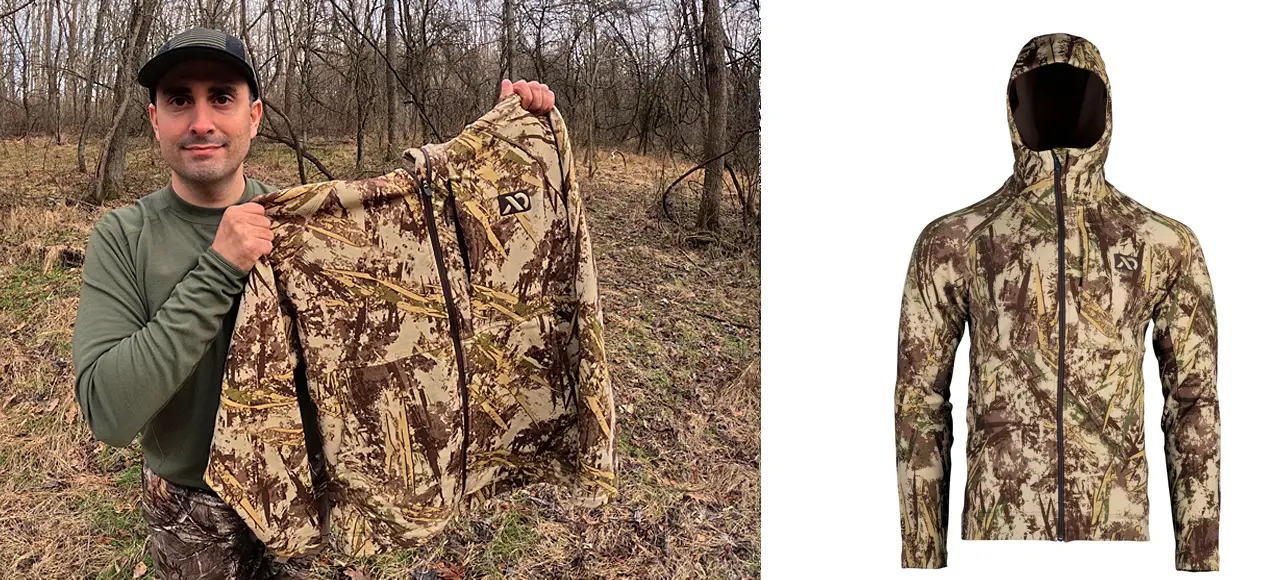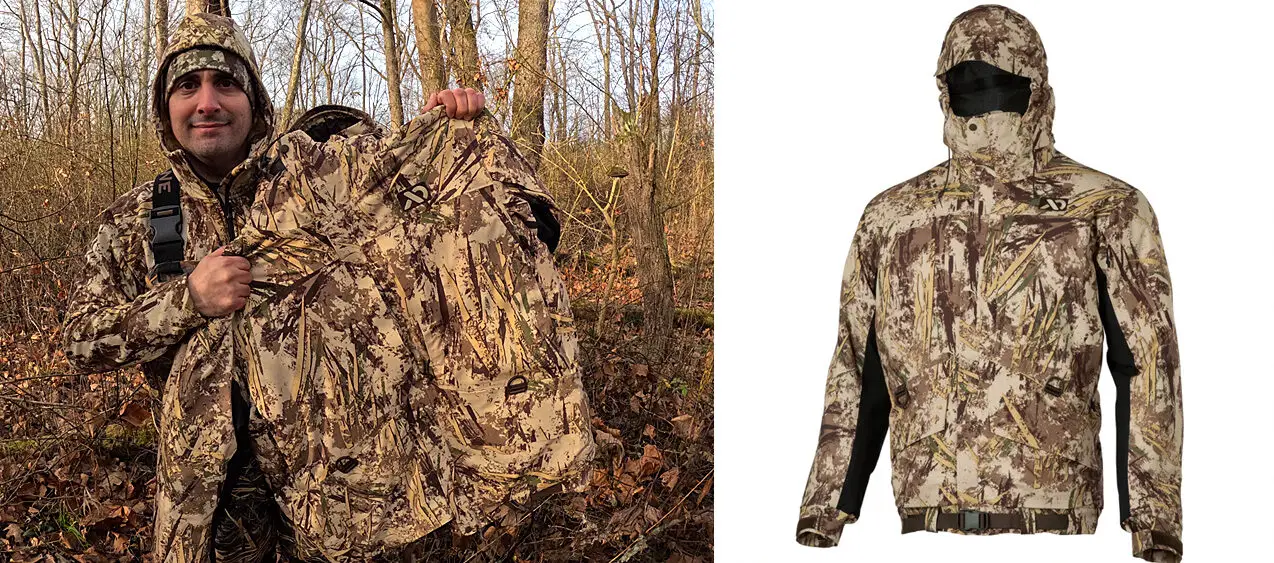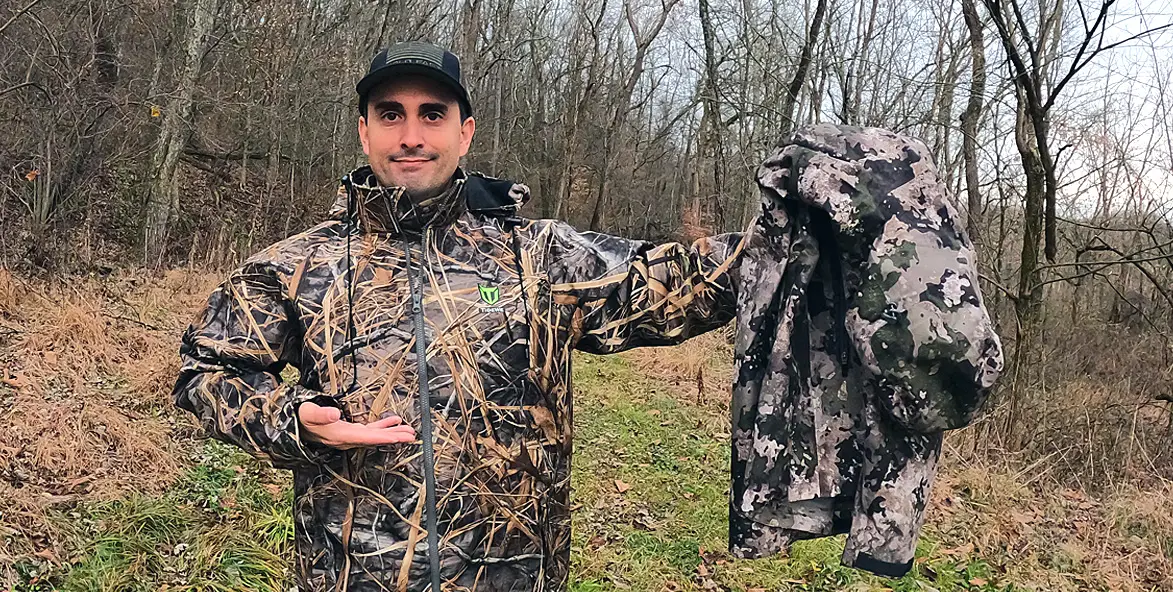Today I talk with Nathan Owen, a master predator hunter who launched his own company LifeIsNowOutdoors.com that is dedicated to supporting predator hunters and providing the insights and gear they need to reach the highest levels of success. We talk strategy, guns, optics, gear, and everything you need to hunt predators, day or night.
Do you really need camouflage gear for every hunting situation? Are there times when buying gear that isn’t camo is actually better? Is black, green, or brown hunting gear just as good as camo? On this episode I am going to share some things you won’t hear in the marketing that can help you save some money.
On this episode I dive into the basics of goose hunting ammo. I cover topics about different metals and shot sizes as well as hunting styles and distances to help you make informed decisions about your goose hunting ammo selections. We will talk about steel ammo, bismuth, heavier than lead, and pure 18 gcc TSS ammo.
Disclaimer: First Lite gave me this hoody at my request to do this review, I receive discounts as an industry professional, and I earn from qualifying purchases using links to their site, thanks to them…
Disclaimer: First Lite gave me this parka at my request to do this review, I receive discounts as an industry professional, and I earn from qualifying purchases using links to their site, thanks to them…
At what point is it too cold for ideal deer movement and hunting? And at what point is it too cold for hunters to be able to stay in the woods and pursue the deer? Today I am going to address both questions to help you in your late season deer hunting no matter where you live.
Everyone is used to hunting ducks in the cold, but hunting in the freezing cold is a different story. When it’s below freezing, or even subzero, the tactics change, the gear changes, the locations change, and the risk factors are multiplied. On this episode I talk about how to hunt ducks in extreme cold, and how to stay safe doing it.
What should you be looking for in a good deer processor and why does it matter? On this episode I share what sets apart a good butcher from a great one. And I will give some insights into what identifies a bad one as well. How you process your meat and what you do with it will impact you for months, maybe years to come, so it is important to do it right.
What do you do when you make a big mistake field dressing a deer? Or how do you salvage, and field dress a gut shot deer? On this episode I am going to give you some insights and guidelines to help save as much meat as possible and help make the best out of an unfortunate situation.
Disclaimer: I bought this rain suit with my own money. Though TideWe has sent me other gear and I do earn from qualifying purchases using their links and discount code, thanks to them for their…



